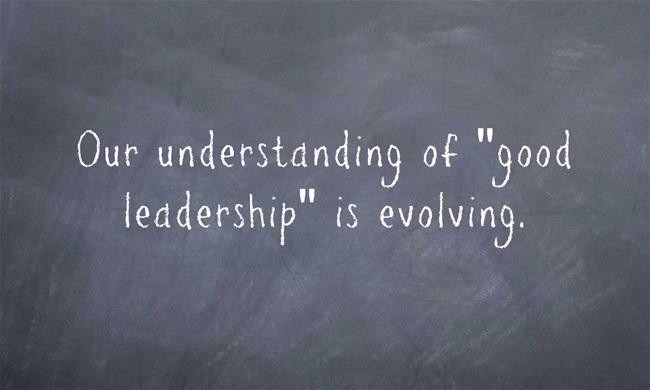By Linda Fisher Thornton
We need to talk openly with leaders about what “good leadership” means. Without those conversations, they might think it means making the sales numbers and meeting aggressive work deadlines, being knowledgeable when people come to them for help, or staying within budget.
Those things are all important, but “good leadership” requires much more. Just staying competent isn’t enough. The trend report below shows 16 ways leadership expectations are increasing.
Leaders are stretching to deal with catastrophic levels of change, increasing ethical expectations and information overload. Taking responsibility at the highest levels (even when it’s difficult) separates “good leaders” from the rest.
“Good Leadership” Means Taking Responsibility:
For thinking beyond ourselves to our impact on others
- Staying competent – ethically, professionally, personally and in our leadership
- Asking how we can improve
- Improving how we lead based on our proactive learning and their suggestions
- Never thinking our learning journey is finished
For serving as positive ethical role models
- Modeling ethics, building trust, enabling the success of others.
- Thinking past our own costs and benefits to consider the costs and benefits to others when making decisions
- Demonstrating precaution, care and service
- Seeing our impact as global
For improving society
- Volunteering, helping
- Making community life better
- Making life better for future generations
For ethical intent and impact
- Making sure that our intent is positive – asking ourselves if we have thought past personal gain, ego and power and plan to do something that is positive and mutually beneficial
- Making sure that our impact is positive – taking precautions to ensure that our actions will not unintentionally cause harm
For open dialog about ethics
- Asking hard questions
- Creating a safe space for dialogue (not monologue)
- Answering tough questions about ethical “grey areas”
- Making ethical behavior a non-negotiable requirement
All leaders need to know that “good leadership” requires responsibility. If we make “taking responsibility” a priority in our leadership, we can do well by doing good works in our organizations and in our world. If we don’t, we’re taking a seat away from someone who cares and is willing to make a positive difference.
Learn about how to apply all 7 Lenses of Ethical Leadership (chapter previews below).
Join me for an ILA Leadership Perspectives Webinar today at 12:00 pm ET.
![]()
Prepare Your Leaders For Ethical Leadership Future – Help Them Learn To See Through The 7 Lenses®.
Learn how ethical expectations are increasing, and how to stay ahead of the curve.
Click the cover to read a free preview!
Unleash the Positive Power of Ethical Leadership®
©2016 Leading in Context LLC




Reblogged this on Gr8fullsoul.
LikeLike